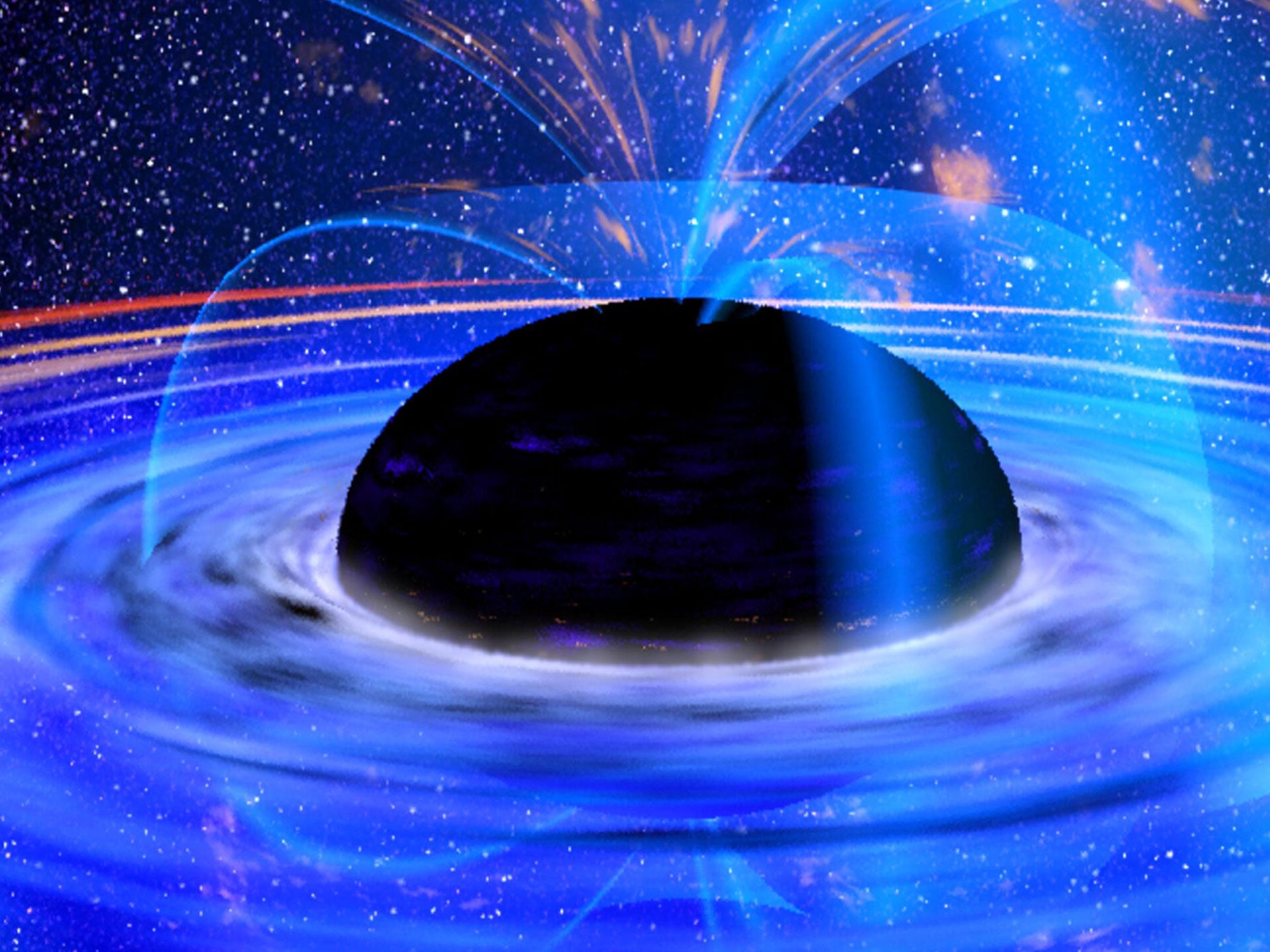Universe might have far more supermassive black holes than we thought, scientists say
Previous discoveries of supermassive black holes have been like running into a skyscraper in New York — but this is like finding one in the middle of the desert, scientists say, and could completely change our understanding of the mysterious phenomenon

Our universe might be full of supermassive black holes, according to a new study, and they might be hiding all around us.
Scientists have found a black hole — about the size of 17 billion suns — that nearly breaks through records in an area that they wouldn’t normally expect to find anything. That could indicate that the huge objects are spread through the universe far more commonly than previously thought, according to the authors of a new study.
Previously, the biggest of the supermassive black holes found were at the centre of very large galaxies, in heavily populated regions. But the newly discovered hole sits in what is a relative desert in space, the researchers said, potentially changing out entire understanding of how many black holes there are and how they form.
The researchers likened finding the previous supermassive black holes to the entirely expected experience of coming across a skyscraper in the middle of Manhattan. The new find is more like running into a skyscraper that had appeared in the middle of the desert, they said.
"So the question now is, 'Is this the tip of an iceberg?'” asked leader of the study, Chung-Pei Ma, a professor of astronomy at UC Berkeley. “Maybe there are a lot more monster black holes out there that don't live in a skyscraper in Manhattan, but in a tall building somewhere in the Midwestern plains."
The discovery is so significant because it appears to suggest that the galaxy clusters that usually sit beside the black holes aren’t actually needed to form them. That means that our understanding of how supermassive black holes come about might be wrong — and that, as a result, we might have underestimated just how many of them there are in the universe.
The new discovery comes from a team of scientists working on a project called Massive, which brings together data from a range of telescopes to try and look deep into the universe and at the formation of supermassive black holes.
Join our commenting forum
Join thought-provoking conversations, follow other Independent readers and see their replies
Comments
Bookmark popover
Removed from bookmarks